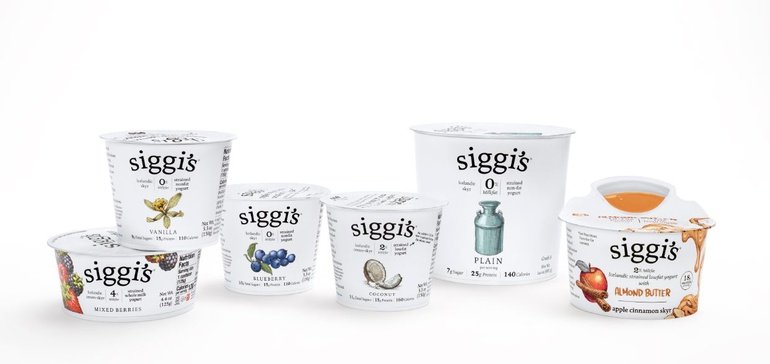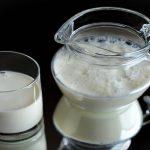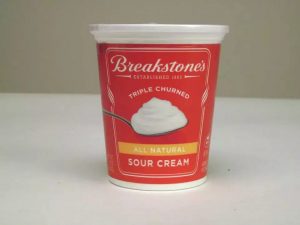
The maker of Siggi’s and Stonyfield yogurts said the recent acquisitions of these brands is only a prelude to further growth in the United States, Thierry Clement, CEO of Lactalis North America, told Food Dive.
Until 2017, Lactalis North America, a division of the 85-year-old French dairy company, had a minimal presence in the states, mainly through its popular shelf-stable milk brand Parmalat and cheeses such as President. But three years ago, Lactalis purchased Stonyfield from Danone for $875 million that gave it a strong foothold in organic. It followed that in 2018 with the addition of Siggi’s, the New York-based maker of Icelandic-style yogurts using simple ingredients, and Green Mountain Creamery, an organic yogurt producer located in Vermont, a year ago.
“We are a leader in the world [in dairy] and we are not in the U.S.,” Clement said. “We want to be the one stop for all the dairy. We can’t offer all the ranges [of product] so we still have a lot to bring if we want to be a leader in this country, and this is our mission.”
Lactalis currently posts global sales of $20 billion annually across 85 countries, but North America only accounts for roughly $3 billion, or 15%, of that total. Clement aims to double sales in the region through acquisitions and innovations within its existing product offerings.
He said having a bigger U.S. footprint would create economies of scale in its operations, with those efficiencies enabling Lactalis to be more competitive on price. In addition, a broader product offering has the potential to increase the company’s appeal with retailers.
“Internal growth is clearly a target. We still have a lot to bring and so I strongly believe it’s a big opportunity,” Clement said. “But external growth [through M&A] is also possible because if there is an opportunity that fits our portfolio, we will be listening.”
Lactalis plans to continue its reach into all natural, high protein, simple ingredient products that have a deep nutritional content, including in both plant-based and traditional dairy options.
Clement said the company hasn’t ruled out more plant-based offerings — Siggi’s, the skyr market leader launched a yogurt made from a blend of coconut, macademia and pea protein in December — but said they will need to have simple and natural ingredients. Many of the plant-based products on the market currently are loaded with a lot of fat and ingredients in an attempt to imitate milk, he said.
“It’s a market, consumers are asking for it and we are very happy to sell if it fits our belief,” said Clement. “I’m not against plant-based. It’s very nice in the diet, but it’s not exclusive. And I think dairy in terms of nutritional value has something to prove that’s even bigger.”
Despite ongoing challenges facing milk, a gloomy picture underscored by the recent bankruptcies of Dean Foods and Borden Dairy, overall consumption in the dairy space is higher than it’s ever been. Per capita dairy consumption increased from 539 pounds in 1975 to 646 pounds in 2018, due in large part to the growing popularity of yogurt, butter and cheese, according to data from the USDA. Even certain segments within the beleaguered milk category, including whole and flavored fat-reduced varieties, have risen in recent years.























